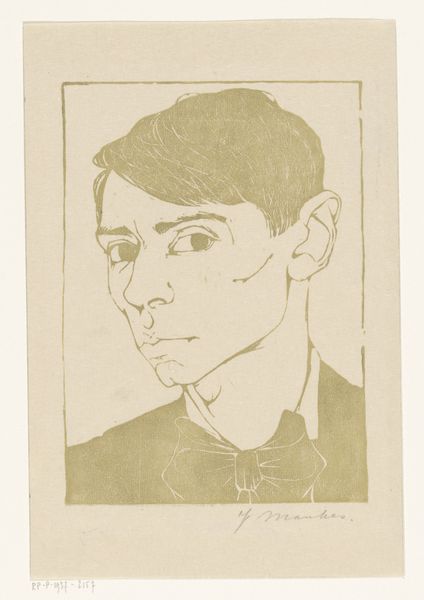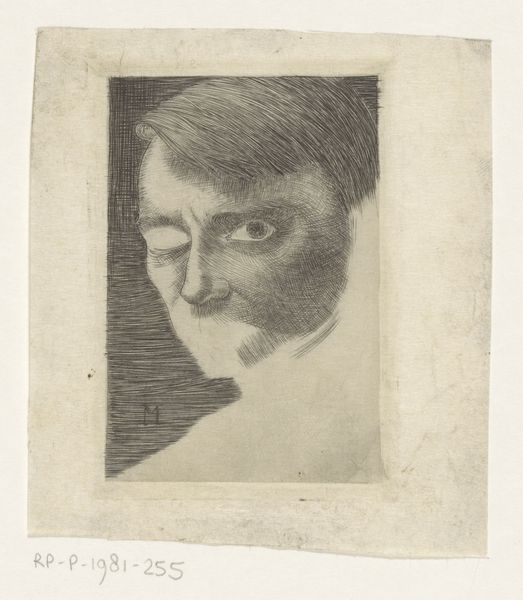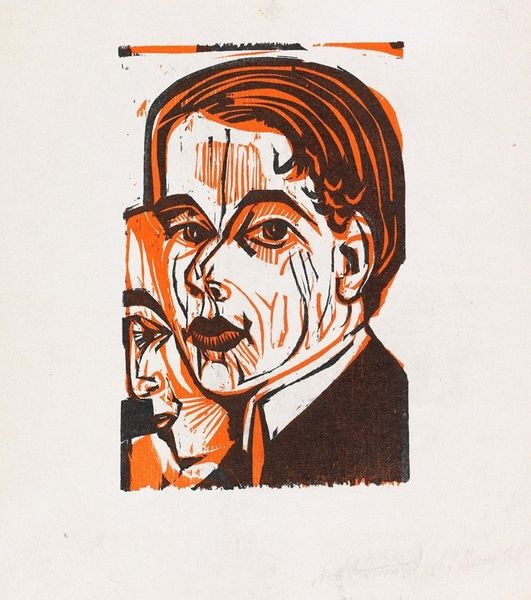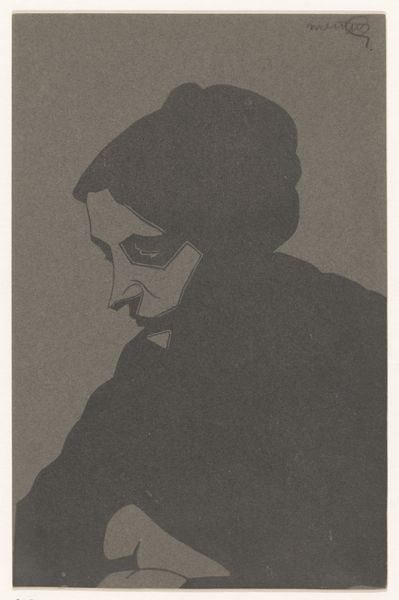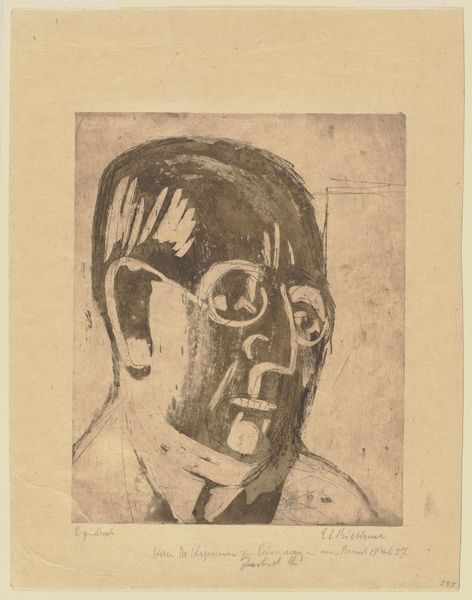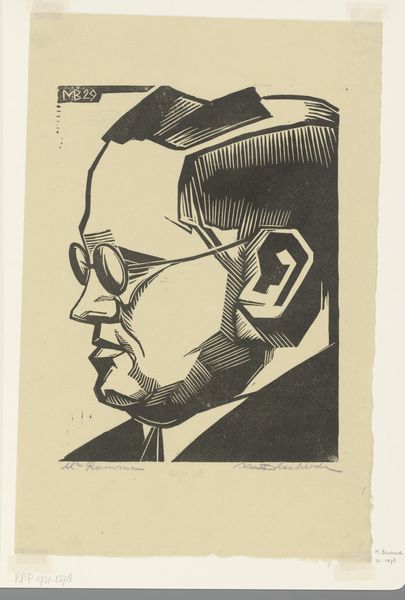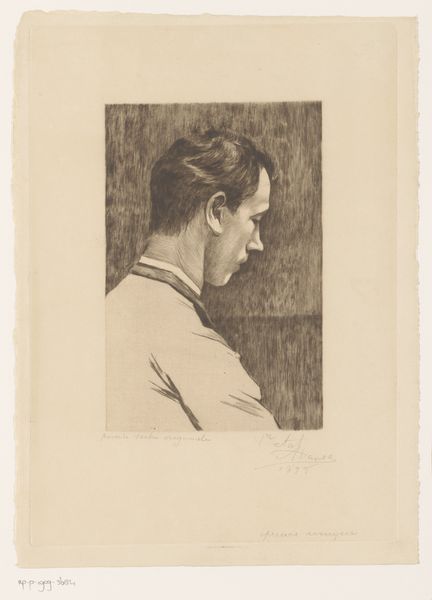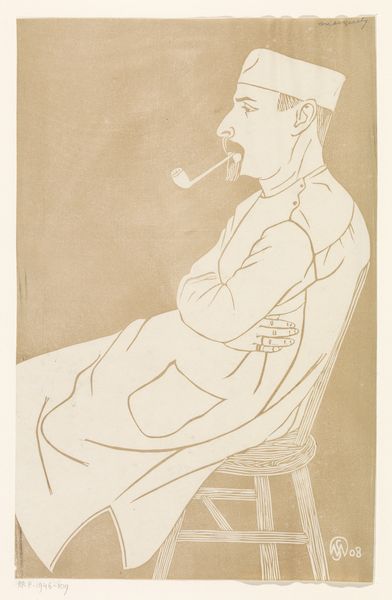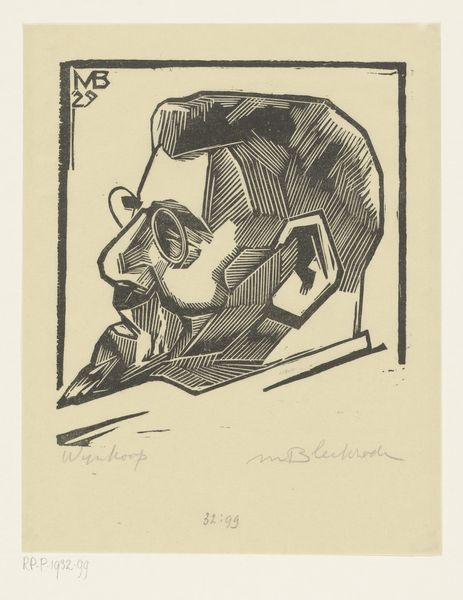
#
portrait
#
art-nouveau
#
self-portrait
# print
#
caricature
#
caricature
Dimensions: 6 9/16 x 5 1/16 in. (16.67 x 12.86 cm) (image)12 1/2 x 9 3/16 in. (31.75 x 23.34 cm) (sheet)
Copyright: Public Domain
Amédée Joyau made this self-portrait in the late 19th or early 20th century, utilizing lithography, a printmaking process that democratized image production. The lithographic process begins with a flat stone or metal plate, on which the artist draws an image using a greasy crayon or ink. The stone is then treated so that the image attracts ink while the surrounding areas repel it. This allows for multiple impressions to be made, each carrying the mark of the artist's hand. In Joyau's self-portrait, we see the subtle gradations of tone achieved through lithography. The velvety texture and delicate lines capture the artist's likeness with remarkable sensitivity. Lithography allowed artists to reproduce their work more easily, making art more accessible to a wider audience. This print challenges traditional hierarchies between fine art and commercial production. It is a reminder that art can be both beautiful and democratic, reflecting the social and cultural values of its time.
Comments
No comments
Be the first to comment and join the conversation on the ultimate creative platform.
